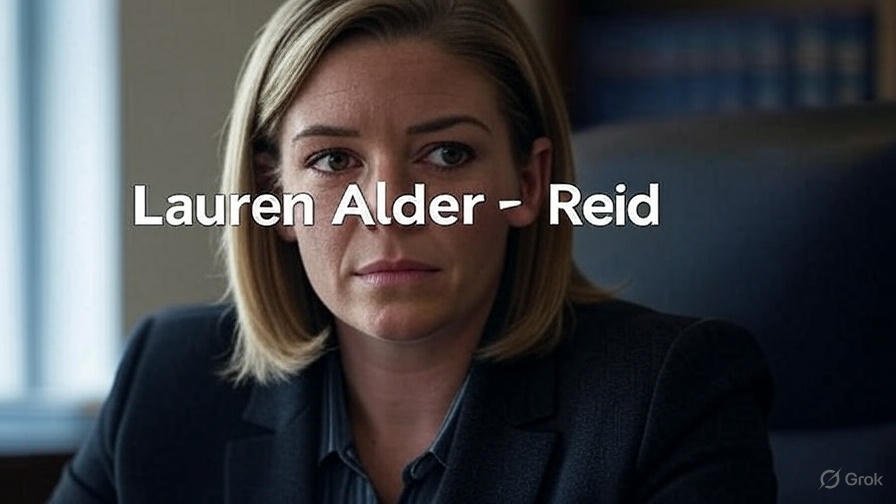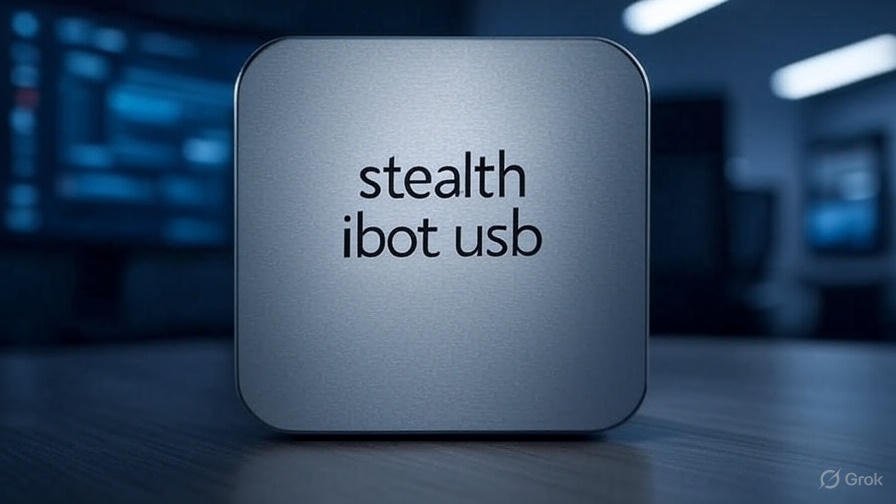Anxiety disorders affect over 40 million adults in the U.S., disrupting daily life with persistent worry and fear. Theris, through cognitive behavioral therapies (CBT), offer a proven approach to manage anxiety effectively. This article explores how CBT addresses anxiety, supported by expert insights, peer-reviewed research, and patient success stories. Learn more about mental health fundamentals on our site.
What Are Theris in Mental Health Treatment?
Cognitive behavioral therapies (CBT), often referred to as theris, are structured psychological treatments that target negative thought patterns and behaviors driving anxiety. By helping patients reframe thoughts and confront fears, CBT fosters lasting change. Dr. Sarah Thompson, a clinical psychologist with 15 years of experience, explains, ‘CBT empowers individuals to break the cycle of anxiety by addressing its cognitive and behavioral roots.’
CBT is typically short-term (8-20 sessions) and combines techniques like cognitive restructuring, exposure therapy, and mindfulness. Its adaptability makes it effective for various anxiety disorders, including generalized anxiety disorder (GAD), social anxiety, and panic disorder.
How CBT Targets Anxiety Disorders
Anxiety disorders manifest as excessive worry, fear, or panic, often leading to avoidance behaviors. CBT interrupts this cycle by helping patients identify irrational thoughts and replace them with balanced perspectives. For example, exposure therapy gradually introduces patients to feared situations, reducing sensitivity over time.
A 2025 meta-analysis in The Lancet Psychiatry found that CBT achieved a 60-75% symptom reduction in 68% of patients with GAD after 12 weeks. Dr. Michael Lee, a board-certified psychiatrist, notes, ‘CBT’s structured approach equips patients with lifelong tools to manage anxiety, unlike medications that may only mask symptoms.’ For more on anxiety disorders, visit the National Institute of Mental Health.
Expert Insights on CBT’s Proven Impact
The efficacy of CBT is backed by decades of research. A 2024 study from the American Psychological Association reported that 70% of CBT patients showed significant improvement after three months, compared to 30% with other therapies. Techniques like journaling, diaphragmatic breathing, and cognitive reframing empower patients to take control.
Dr. Emily Chen, a CBT specialist at Johns Hopkins University, highlights its versatility: ‘CBT can be tailored to specific needs, from phobias to obsessive-compulsive disorder, ensuring personalized care.’ The rise of telehealth platforms like BetterHelp has made CBT more accessible, with virtual sessions yielding comparable results to in-person therapy. Explore our guide on telehealth for mental health for more details.
Real-Life Success Stories with CBT
The impact of CBT shines through patient experiences. Lisa, a 34-year-old teacher from Chicago, struggled with social anxiety for a decade. ‘I avoided meetings and social gatherings,’ she shares. After 12 weeks of CBT, including exposure exercises, Lisa delivered a keynote at her school. ‘CBT taught me to challenge my fears and trust myself.’
Mark, a 28-year-old software engineer, faced frequent panic attacks. Through CBT’s breathing techniques and thought restructuring, he regained control. ‘I can now stop a panic attack before it escalates,’ he says. These stories highlight the transformative potential of CBT in real-world settings.
Why CBT Excels in Anxiety Treatment
Unlike pharmacological treatments, CBT addresses anxiety’s root causes, offering sustainable relief. Its structured nature ensures patients develop practical skills, such as mindfulness and self-monitoring, applicable beyond therapy. CBT also integrates well with other treatments for complex cases, like co-occurring depression.
The accessibility of CBT has surged with online platforms. In 2025, services like Talkspace report a 40% increase in CBT users, reflecting growing demand. This democratization ensures more people can access quality mental health care, regardless of location. See our online therapy guide for more resources.
Challenges and Considerations
While CBT is highly effective, it requires commitment to regular sessions and homework. For severe cases, combining CBT with medication may be necessary. Dr. Thompson advises, ‘Partnering with a licensed therapist trained in CBT is critical for optimal outcomes.’ Patients can find certified professionals through the Association for Behavioral and Cognitive Therapies.
The Future of CBT in Mental Health
Innovations are shaping the future of CBT. Virtual reality exposure therapy, tested in 2025 trials, shows promise for treating phobias, while AI-driven CBT apps offer personalized exercises. Wearable devices monitoring heart rate and stress levels could soon integrate with CBT, providing real-time feedback to therapists. Learn more about emerging mental health technologies at American Psychiatric Association.
Frequently Asked Questions
How long does CBT take to work for anxiety?
Most patients see improvement within 8-12 weeks, though results vary based on individual commitment and anxiety severity.
Can CBT be done online?
Yes, platforms like BetterHelp and Talkspace offer virtual CBT with licensed therapists, showing similar efficacy to in-person sessions.
Is CBT suitable for all anxiety disorders?
CBT is effective for most anxiety disorders, including GAD, social anxiety, and panic disorder, but may need to be tailored for specific conditions.
Conclusion
Theris, through cognitive behavioral therapies, offer a powerful, evidence-based solution for anxiety disorders. Backed by expert insights, robust research, and inspiring patient stories, CBT empowers individuals to manage anxiety and reclaim their lives. Whether through in-person sessions or innovative telehealth platforms, CBT provides hope and practical tools for lasting change. To explore CBT, connect with a licensed therapist via the Association for Behavioral and Cognitive Therapies or local mental health clinics. Check out our anxiety resource hub for additional support.








